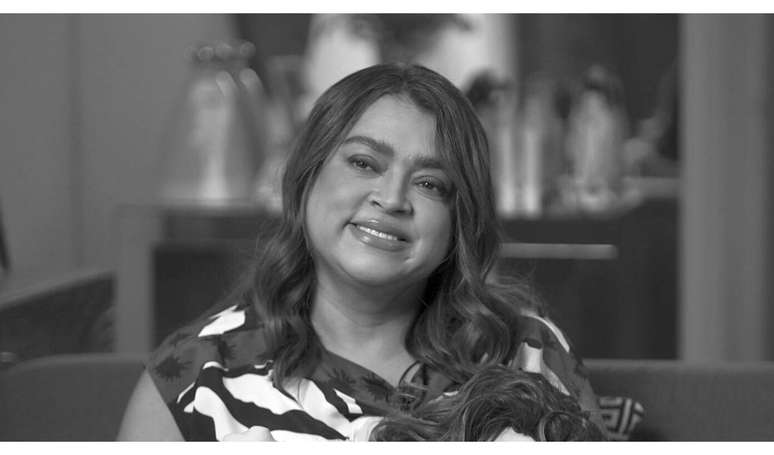According to data from the National Cancer Institute (Inca), for each year of the three-year period 2023-2025, 73,610 new cases of the disease
The presenter Ana Furtado and the actress Patrizia Pilastro they are two personalities who have won the battle against breast cancer. This month the world comes together to talk about Pink October, a campaign that raises awareness among women about the disease and the importance of early diagnosis. It is a movement that provides information about risk factors, prevention methods and the importance of regular exams, such as mammograms.
Furthermore, it also seeks to destigmatise the problem and support those facing treatment. The oncologist Maria Cristina Figueroa Magalhães (CRM-PR 22.643 and RQE 19.751) emphasizes that breast self-examination is an important practice, but should not be seen as the only form of early diagnosis, since it is a complement to mammography, which is more effective. “Breast cancer develops from cells in the breast that grow uncontrollably, forming a tumor.
Risk factors include age, family history of breast cancer, genetic mutation (BRCA1 and BRCA2), early first menstruation and/or late menopause (long hormonal exposure), ever been pregnant, radiation exposure (radiotherapy at a young age), obesity, excessive alcohol consumption and sedentary lifestyle”, he underlines.
Also remember that the guidelines of the Brazilian Societies of Clinical Oncology and Medical Mastology recommend that women over the age of 40 undergo regular mammograms, as well as being aware of any changes in their breasts. Maria Cristina says there are studies that indicate a significant increase in the disease in younger women.
However, the Ministry of Health recommends carrying out mammography starting from the age of 50 and every six months. The oncologist, however, reinforces the existence of a law in the country that allows women to undergo a mammogram at the age of 40.
Discovering nodules and treatment
The specialist explains that the breast lump can be felt as a lump or a hardened area. Other changes include changes in shape, size, or contour, nipple discharge, or changes in the skin. He stresses that it is essential to consult a doctor if you notice any changes.
According to Maria Cristina, the treatment can be very effective, especially if diagnosed early. “Treatment may include surgery, radiotherapy, chemotherapy and targeted therapies. The prognosis varies depending on the stage at which the disease is detected and the molecular subtype of the tumor (triple negative, luminal or HER2 overexpressing),” he explains.
Types of breast cancer
Invasive ductal carcinoma: the most common, which originates in the mammary ducts.
Invasive lobular carcinoma: It begins in the milk-producing glands.
Breast cancer with HER2 overexpression.
Inflammatory breast cancer: rare and aggressive, it causes redness and swelling.
Luminal breast cancer: expresses hormone receptors (estrogen and progesterone).
Triple negative carcinoma: it has no hormone receptors. It is common in younger women and women of African descent.
Emotional balance
The oncologist emphasizes that maintaining and strengthening emotional balance in the fight against breast cancer involves seeking the support of friends and family, as well as the team of professionals involved in oncology treatments. Consider support groups and seek professional help if necessary. “Practices such as meditation, exercise and recreational activities can also help relieve stress. Focusing on mental health is essential to dealing with treatment and recovery,” he concludes.
Source: Terra
Ben Stock is a lifestyle journalist and author at Gossipify. He writes about topics such as health, wellness, travel, food and home decor. He provides practical advice and inspiration to improve well-being, keeps readers up to date with latest lifestyle news and trends, known for his engaging writing style, in-depth analysis and unique perspectives.








